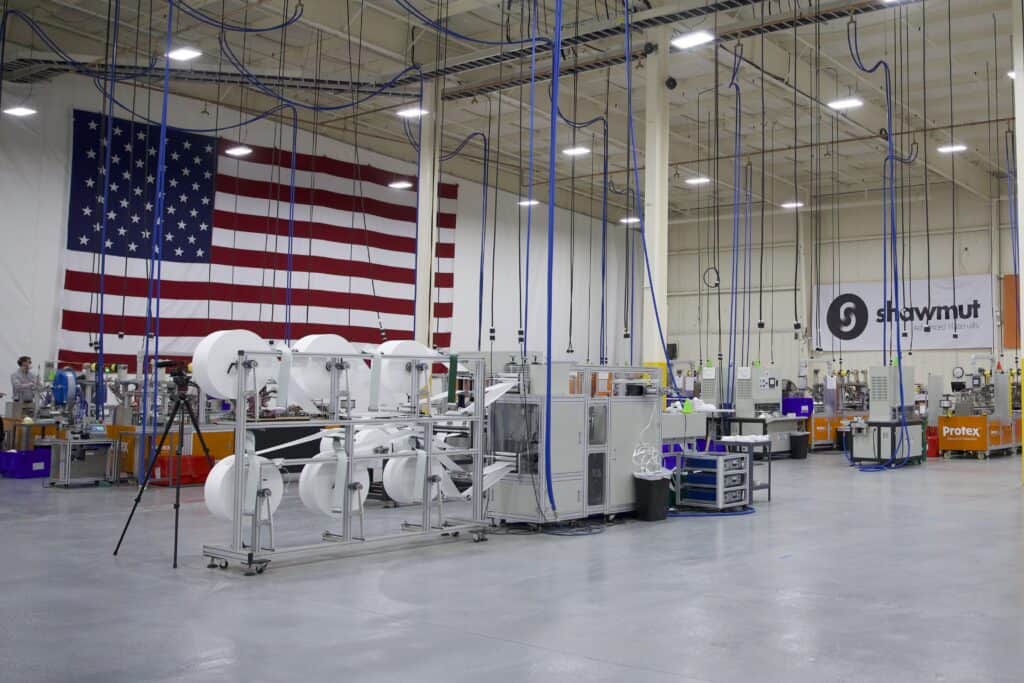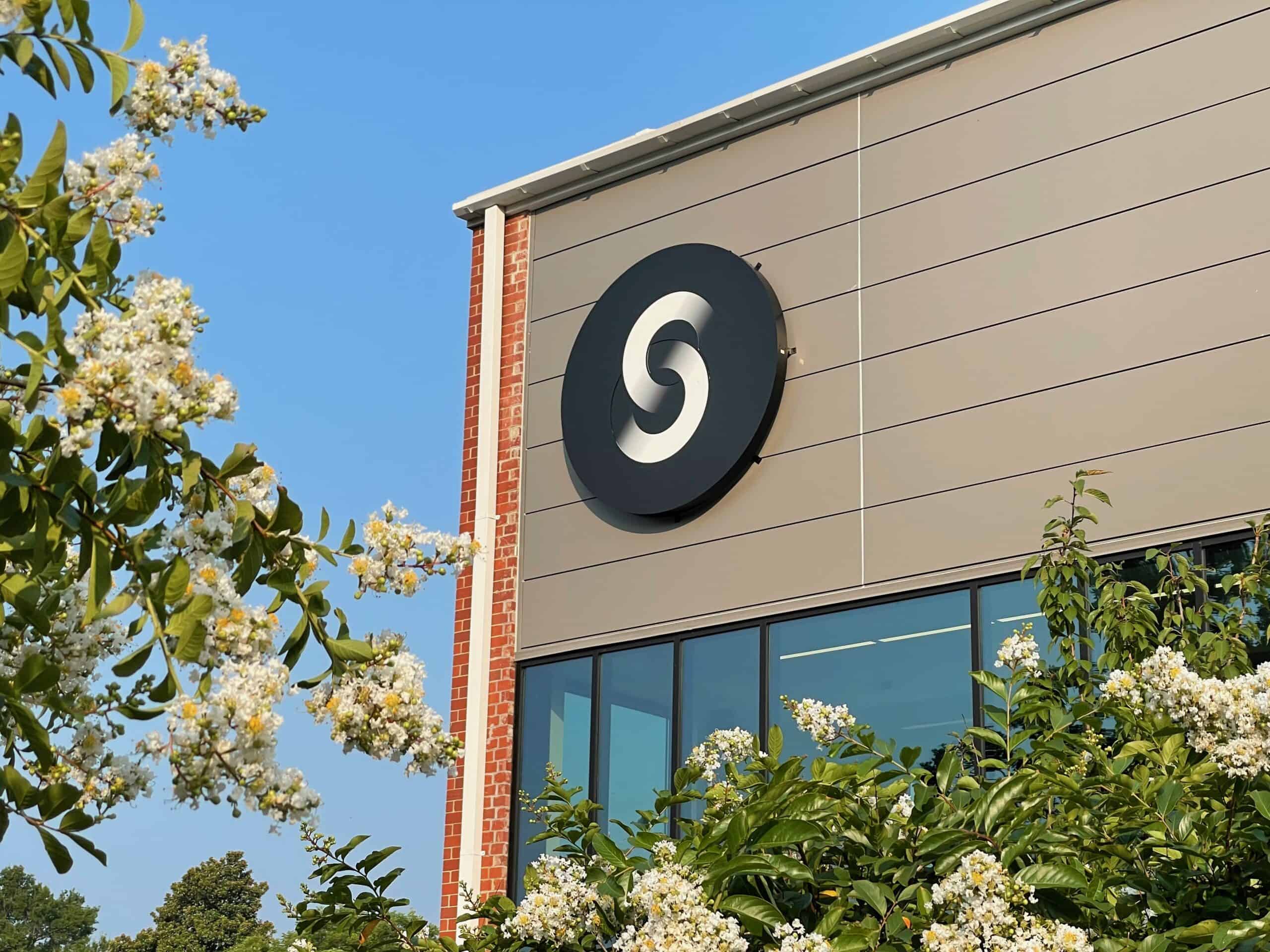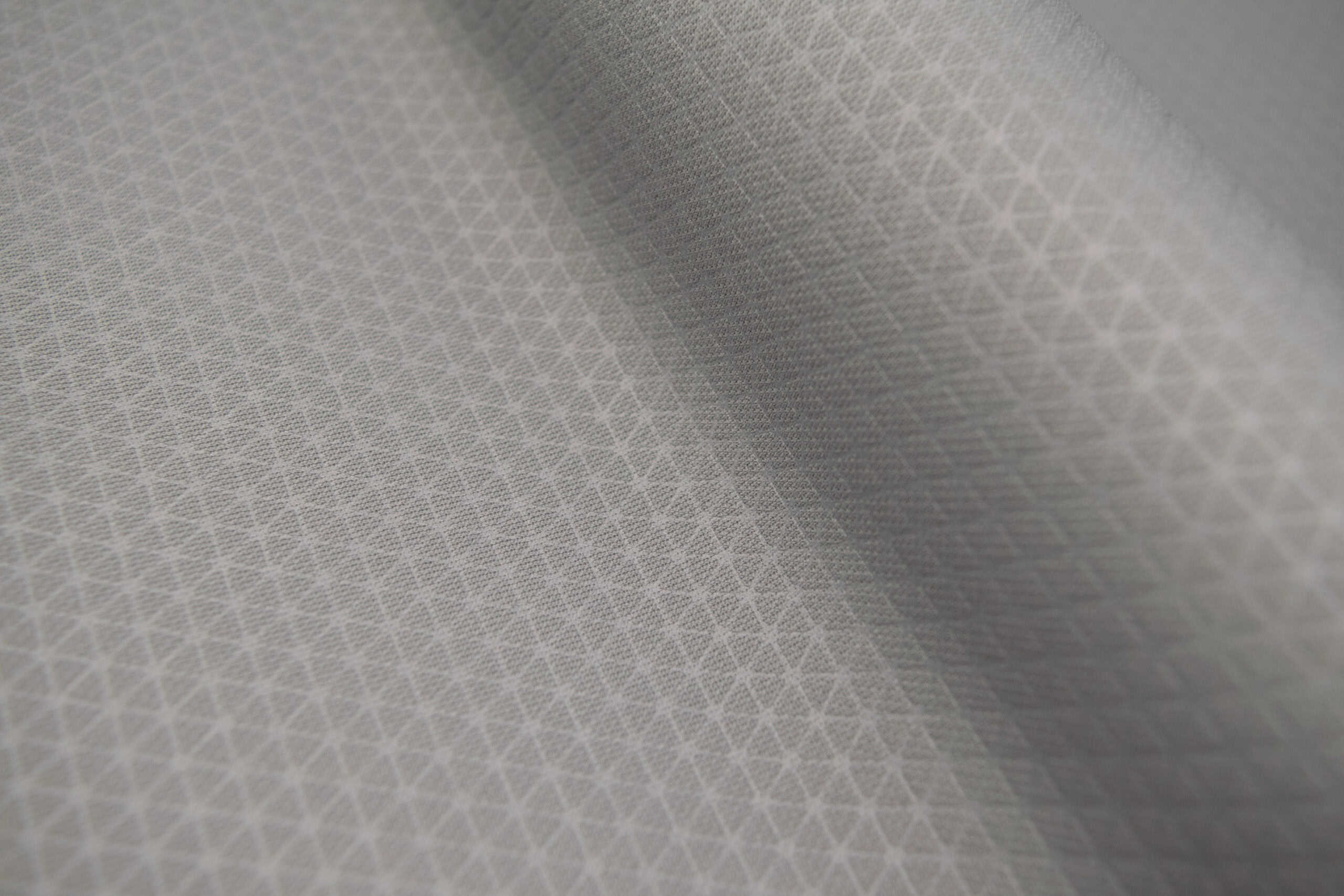The Reshoring Movement
The United States is in the midst of a reshoring movement as a result of constant supply chain disruptions that began during the pandemic and have continued due to major global events and geopolitical uncertainty. There are many arguments for reshoring the manufacturing of medical devices and components within the United States. Some say it gives you more control over the supply chain and reduces lead time, while others claim it increases your quality control, makes you more responsive to customer needs and improves efficiency. Regardless of the factors, there’s little doubting the fact that producing medical devices or components in America matters. How can you tell if reshoring is for you? Let’s find out!
What is Reshoring?
Throughout the past three years, most of us have heard reshoring mentioned in the news or in our workplace, but what exactly does it mean and why are companies looking to reshore now?
In the most basic terms, reshoring is the process of bringing manufacturing operations of a company back to its home country, often the United States, instead of outsourcing it to another international company for cheaper labor or other reasons detailed below. Reshoring has been on a steady rise over the last decade, but companies still do not realize the full extent of this trend due to its enigmatic nature. However, many companies have begun to see the benefits associated with reshoring their medical device or medical component manufacturing back to the United States.
The Benefits of Reshoring Medical Device Manufacturing
For the most part, the trend of manufacturing in this country has been to send work overseas. Now, however, we are seeing a reversal of that trend, in which companies are deciding to bring their production back to the United States. The reason for this change is that the advantages offered by sending work overseas have started to fall short. This trend will continue, and reshoring will become a bigger part of the future of American manufacturing in the coming years. Some of the benefits of reshoring include:
- Superior product quality: Medical devices and components require the highest quality standards, a higher quality than what can be sourced overseas. It is not always possible to monitor the quality standards through offshore manufacturing. A more consistent quality can be acquired onshore, in a fraction of the time, and provides innovation that allows for an overall delivery of higher value.
- Improved supply chain management, communication, and control: Reshoring gives control back to supply chain managers and eliminates the reliance on foreign suppliers. You can be more selective when choosing partners that have open lines of communication, real-time collaboration, visibility and access to data and information that allows you to make better and more informed decisions.
- Easier communication: Selecting countries in the same time zone enables efficient communication, real-time collaboration, operational advancements, and timely decision making.
- Higher productivity: Efficient plant layouts, better equipment, the use of AI and robotics, investments in R&D, and management structures all contribute to higher productivity.
- Shorter delivery times and lower transportation costs: Because the components are produced on their home soil, they are not subject to long and expensive ocean voyages. The result is much shorter lead times and a quick turnaround when you need it.
- Reduced carbon footprint: Reshoring can reduce environmental impacts by shortening the shipping and transportation cycle and, in turn, reducing the overall carbon footprint. Emissions from manufacturing also tend to be lower in the US when compared to foreign countries. This is especially true for devices or components that require a significant amount of electricity to be produced. Coal is often relied on to create electricity in foreign manufacturing operations, and it is a very carbon-intensive process.
- Speed to market: American manufacturing can respond and scale in a manner difficult for foreign bodies to match.
- Unpredictability of international trade: International uncertainty hinders global trade with some groups supporting the benefits of international exchange while others worry that domestic industries will be hurt by foreign competition.
- Regulatory factors/oversight: Products and components produced in America are not beholden to third-party factories on the other side of the world, which don’t have the regulatory oversight that US factories have. Oversight drives consistent quality, regulatory performance, and compliance.
- Cultural similarities: Working with culturally similar countries promotes shared cultural norms, business practices, and languages. Nearshoring encourages improved working relationships, reducing cultural barriers often encountered with offshore locations.
The Disadvantages of Reshoring Medical Device Manufacturing
While the benefits to reshoring can far outweigh the drawbacks, it is important to consider the disadvantages, threats and costs before reshoring or nearshoring your production. Some of the potential risks involved with reshoring can include:
- Expensive labor: To date, the biggest reason to move production offshore has been due to significantly less expensive labor costs. However, the use of robotics and automation have made reshoring a more viable option in the US.
- Lack of skilled labor: There are growing concerns about a talent shortage in US manufacturing that could impact the ability to meet demand and decrease productivity and competitiveness.
- Investments in new capabilities, infrastructure, and employee training: Moving production from one location to another, on any level, not just from one international location to another, requires the requalification of equipment, new infrastructure and in-depth employee training or the transfer of tribal knowledge.
Reshoring Medical Device Manufacturing with Shawmut
The manufacturing of medical devices and components requires trust and world-class quality. If healthcare providers cannot trust a product to perform the same every time, with no defects, they will not use it. Shawmut has decades of building trust into the materials we produce for medical device manufacturers. We put that trust into every medical product we make. We have North American facilities dedicated to medical device component materials and assembly production and have developed a supply chain based on local and trusted sources that have been vetted over years of integration into our production. As we like to say at Shawmut, “shorter supply chain, longer trust.”
Moreover, our extensive knowledge of medical device manufacturing and North American supply chains has positioned us to avoid the potential pitfalls associated with reshoring. As a significant and critical supplier of non-woven, woven, knit, and laminated advanced materials and composites for incorporation into medical devices, orthopedic equipment, medical fabrics, and gowns and with access to the local US workforce and local US component sources for rapid iteration and product development, we can help you solve your most pressing medical device materials challenges.

Conclusion
If you’re a global company that still depends on offshore manufacturing, there may be more to gain from reshoring than you think. We’ve outlined the advantages and determined why reshoring is perfect for many companies. For all of these reasons, it makes sense for companies to consider returning to the United States and reshoring their component or medical device manufacturing. However, taking the time to truly weigh the costs and benefits is essential and can impact the decision greatly. By recognizing the subtle factors that distinguish between reshoring and offshoring – cost of labor, quality of labor, quality control measures, sustainability, and overall supply chain efficiency – companies can more accurately determine which is best for them. For certain pieces of equipment, particularly medical devices and components, the best option is producing them onshore and in America.




